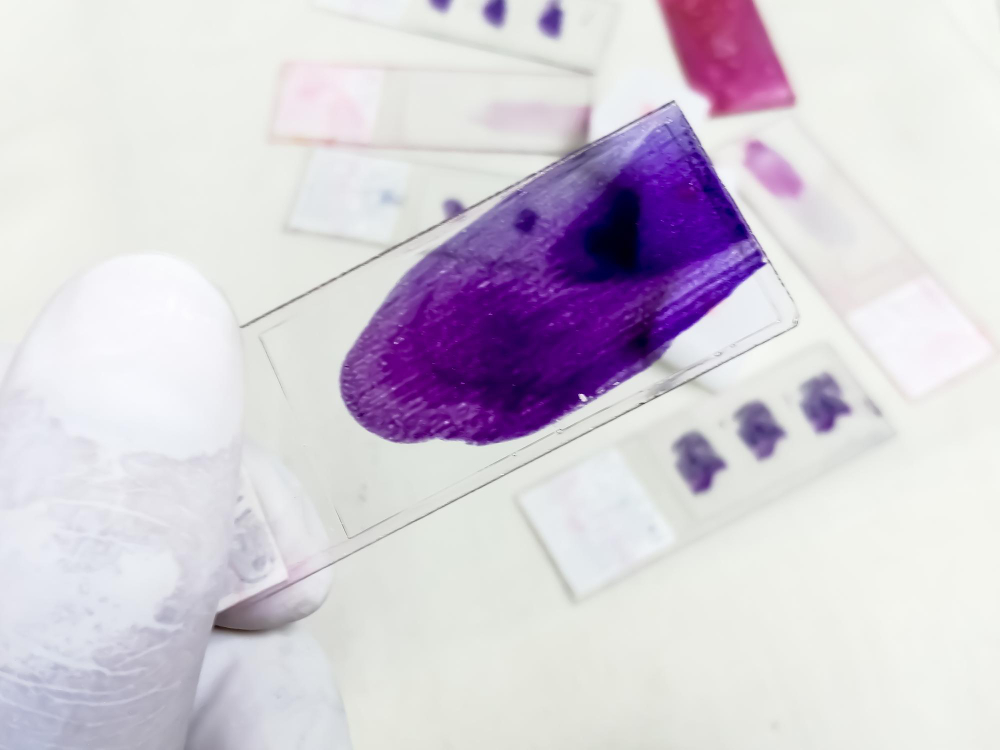
Choosing the Right Antibody for Immunohistochemistry
In immunohistochemistry (IHC), the choice of antibody can make or break an experiment and determine the outcome of the

Immunohistochemistry (IHC) staining plays a pivotal role in the diagnosis and treatment of various diseases, ranging from cancer to autoimmune disorders. It involves the detection and localization of specific antigens in tissue samples using antibodies labeled with a visible marker. However, the accuracy and reliability of IHC staining results can vary significantly across laboratories due to differences in staining protocols, equipment, and expertise. To address these challenges and ensure consistency in staining processes, adherence to international standards such as ISO 13845 is paramount. Additionally, integrating performed slide (PRS) tools has emerged as a critical strategy in standardizing IHC staining procedures, promoting uniformity, and enhancing quality management systems in pathology laboratories.
ISO 13845 is an international standard that specifies requirements for quality management systems in the design, development, production, and servicing of medical devices. Compliance with ISO 13845 ensures that laboratories adhere to stringent quality control measures, thereby enhancing the reliability and reproducibility of test results. By implementing ISO 13845 standards, pathology laboratories demonstrate their commitment to quality assurance and continuous improvement in IHC staining processes. One of the ways pathology labs can show their compliance with ISO 13845 is by adopting quality control tools like the PRS tool that have passed the ISO accreditation in their IHC process. Incorporating this tool ensures the quality assurance and control of their result, showing compliance with international standards and fostering reproducibility and repeatability.
IHC Challenges Solved by PRS Tool
One of the key challenges in IHC staining is the variability in staining outcomes due to differences in technique, reagent quality, and environmental conditions. This variability can lead to discrepancies in interpretation and potentially impact patient care. ISO 13845 provides a framework for standardizing procedures, documentation, and training, thereby minimizing variability and ensuring consistent staining results. Thus, pathology labs can reliably adopt any tool like the PRS tool that has passed this accreditation to eliminate this common challenge with pathology labs. PRS, which has achieved ISO 13845 accreditation, underwent rigorous audits to assess its adherence to quality management principles, including process control, risk management, and corrective action procedures. Through these audits, PRS proved areas for improvement for the IHC process and implemented measures to enhance the reliability and accuracy of IHC staining in the PRS tool.
In addition to ISO 13845 accreditation, integrating PRS tools has emerged as a valuable strategy in standardizing IHC staining processes.
What is the PRS Tool?
PRS tools are preformed slides containing known antigens with known concentration densities, designed to mimic the staining process applied to original tissue samples. These tools are used in conjunction with tissue samples to validate staining procedures, assess antibody functionality, and ensure consistency in staining results. By incorporating PRS tools into their workflow, laboratories can validate the performance of staining reagents, optimize staining protocols, and troubleshoot staining issues in real time.
Benefits of the PRS Tool to Pathology Labs
The practical value of PRS tools lies in their capacity to offer real-time insights into the performance of staining reagents and equipment. Throughout the staining process, PRS tools mimic the behaviour of tissue samples, enabling pathologists to gauge the effectiveness of primary and secondary antibodies and the integrity of staining materials. Any deviations from expected results can trigger immediate action, such as equipment recalibration or reagent replacement, to ensure the accuracy and reliability of staining outcomes. This real-time feedback loop amplifies the efficiency of IHC staining procedures and mitigates the risk of erroneous results.
Moreover, PRS tools facilitate the establishment of robust quality management systems in pathology laboratories. By incorporating PRS tools into their quality control protocols, laboratories can standardize staining procedures, track performance metrics, and monitor compliance with accreditation standards. PRS tools serve as internal quality controls, allowing laboratories to validate their staining processes and demonstrate proficiency in IHC staining to accrediting bodies. This not only enhances the credibility of laboratory results but also instills confidence in clinicians and patients relying on those results for diagnosis and treatment decisions.
Furthermore, the adoption of PRS tools aligns with the principles of continuous improvement advocated by ISO 13845. Laboratories that integrate PRS tools into their workflow are better equipped to identify and address factors contributing to staining variability, such as equipment malfunction, inadequate training, or suboptimal reagent quality. By systematically monitoring staining processes and implementing corrective actions as needed, laboratories can enhance the reproducibility and reliability of IHC staining results, ultimately improving patient care outcomes.
Standardizing immunohistochemistry staining processes is essential for ensuring the accuracy and reliability of diagnostic results. Accreditation to ISO 13845 provides laboratories with a framework for implementing quality management systems and minimizing variability in staining procedures. The integration of PRS tools complements ISO 13845 standards by providing real-time feedback on staining performance and facilitating the establishment of robust quality control measures. By adhering to accreditation standards and leveraging PRS tools, pathology laboratories can enhance the consistency, reliability, and quality of IHC staining, ultimately improving patient care and clinical outcomes.

In immunohistochemistry (IHC), the choice of antibody can make or break an experiment and determine the outcome of the

False-positive results in diagnostic immunopathology can lead to unnecessary treatments. A study compared HRP conjugates in diagnostic assays, and the

In the ever-evolving landscape of pathology, automation has emerged as a transformative force, revolutionizing traditional laboratory practices. One of the

Cancer research has experienced significant advancements thanks to progress in immunohistochemistry (IHC) staining techniques, offering crucial insights into the complex